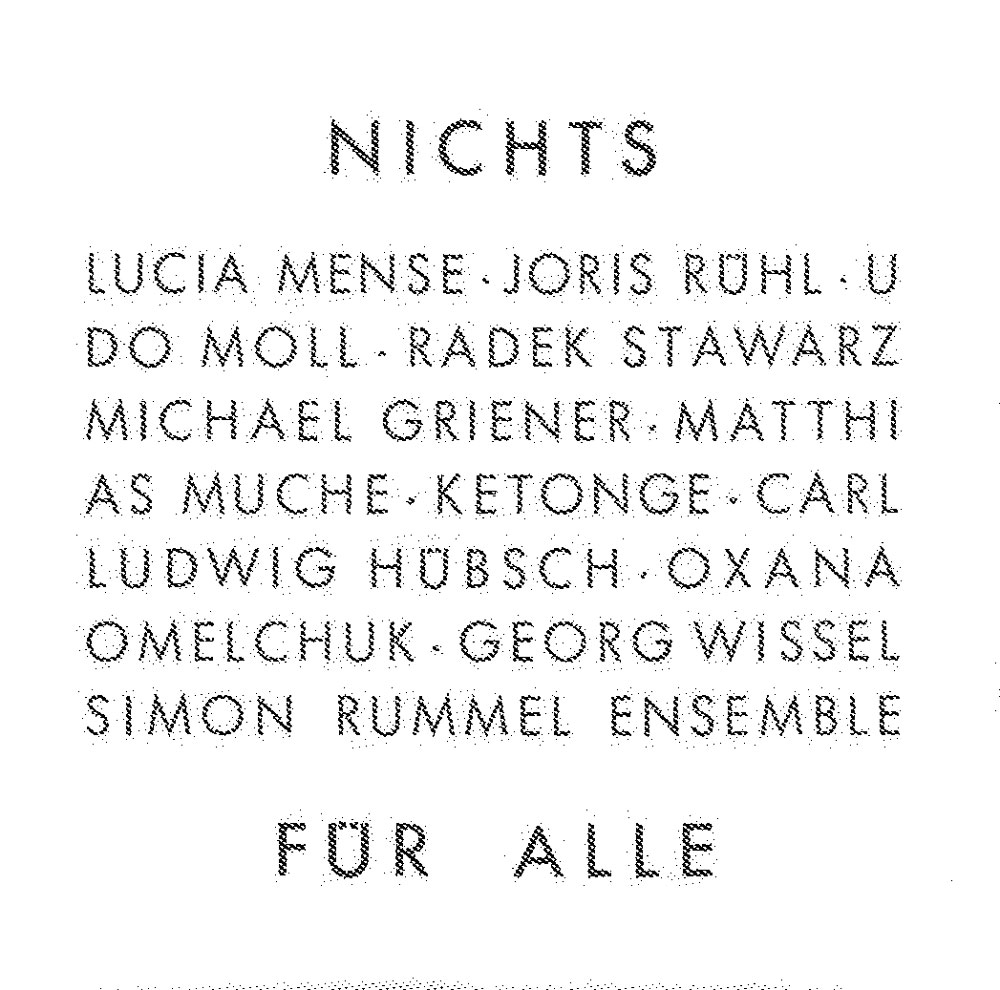

I use this all the time, and the US-International layout was the whole reason I got used to the US keyboard layout in the first place, one I much prefer now to the standard ISO-DE German layout. They all neighbor their respective umlauted letter. This might look weird – p, y and q? Why those letters? It makes sense once you notice where they are on the keyboard. This is a bit convoluted, and I like to use the AltGr key instead. With it, you can write all kinds of signs that you previously couldn’t, including the Umlaut. It sits on the right side of your space bar. Most changes can be accessed with the normally rarely used AltGr or Alt Graphic key.

The US International keyboard keeps basically all your keys where they belong (if you are using the US layout, that is), but only changes a few things. You could simply set your keyboard layout to US-International. The German keyboard layout (Image by author) 1. It could confuse, as there are words that use such combinations, but are not pronounced as the Umlautbuchstabe.It doesn’t look very nice, and makes reading German harder.Still, using the combinations also creates problems: The standard US layout misses them, for example. These combinations are also useful if you do not have the Umlautbuchstaben on your keyboard. For example, the URL for the website Bü is buecher. These combinations are used mostly if the Umlautbuchstaben are not accepted, which is the case for some digital applications, such as website URLs. Such combinations are necessary, because just writing the Umlaut without the dots is no option, as Sandra pointed out in this post in 2013. In some situations, you will see the combinations ae, oe, and ue. But where do we put the Umlautbuchstaben? In most cases, they go at the end, so after z in the order ä, ö, ü. As you can see, the Umlauts are at the end of the alphabet. This is a version from the DDR (GDR) of 1958. The meaning is exactly the same! These three, together with the ß are the only Sonderzeichen (special characters) in German. In some writings, the Punkte (dots) are Schrägstriche (slashes). This later morphed into the two dots on top of the letter. In the word König (king), the ö is written as an o with small e on top. As you can see in the handwriting from 1806 above. The way to write it: by putting a little e above the letter. In the 16th century, a solution was found to write such different sounds down, instead of just having a u that can mean u and ü at the same time. So why are these letters there? The way that the a, o and u were pronounced in some cases changed at the end of the Middle Ages. In this article, whenever I mention the Umlaut, I mean the three letters with two dots on top! This is why the letters are also called Umlautbuchstaben (Umlaut letters) sometimes. In short, vowel mutation refers to the process of a vowel changing the way it sounds through the history of a language. In American English (and I suspect other dialects, but I'm hesitant to say absolutely), they rhyme with "doughy" /ˈdoʊ.Image public domain, from įirst of all to avoid confusion: In German, Umlaut has two meanings: it refers to the letters ä, ö, and ü. break in the IPA, which is a casual notation) compared to one. They have two syllables (indicated by the. Examples include the given names Chloë and Zoë, which otherwise might be pronounced with a silent e.įor example, "Chloë" /kləʊ.i/ and "Zoë" /zəʊ.i/ do not rhyme with "toe" /təʊ/, even when written without a diacritic. The diaeresis mark is sometimes used in English personal first and last names to indicate that two adjacent vowels should be pronounced separately, rather than as a diphthong.

The use of both, however, is considered to be largely archaic. The grave accent and the diaeresis are the only diacritics native to Modern English (apart from diacritics used in loanwords, such as the acute accent, the cedilla, or the tilde).


 0 kommentar(er)
0 kommentar(er)
